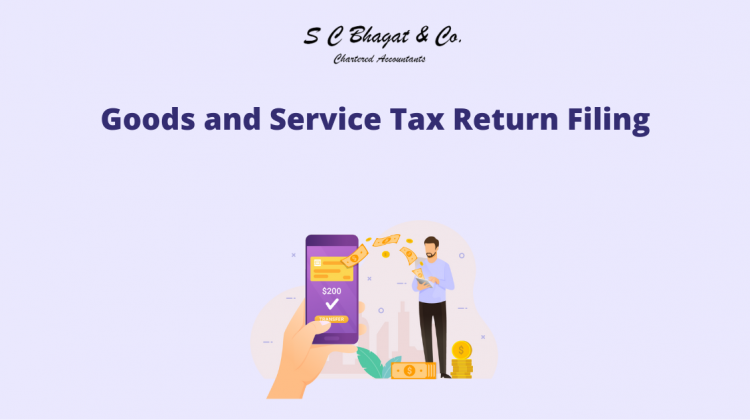Want help filling out your GST returns once you’ve completed your GST registration? Virtual Auditors come to your aid. The Goods and Services Tax (GST) is an indirect tax paid on the sale of goods and services that was introduced by the government in 2017. Every ordinary business must file a tax return on a monthly, quarterly, and annual basis.
Initially, the government added 22 GSTs to the list, three of which are already suspended and 11 of which are currently active, with eight of them being view-only filings. According to the nature of its business, a company must file the relevant GST return form.
GSTR-1
This form is used to complete monthly returns that detail the company’s outbound supplies. It is used to keep track of all sales transactions and includes invoices, credit or debit notes, receipts, and other information.
GSTR-2
GSTR-2 is used to fill out the monthly return of inwards supplies, which specifies the details of the business’s purchases.
GSTR-3B
It is a self-declaratory document that details the taxpayer’s liabilities and is due on the 20th of each month. It contains a list of the taxpayer’s tax liabilities.
GSTR-5
Non-residents who conduct business in India on a sporadic basis and do not have a fixed location for their operations should fill this out. The return would record all inbound and outbound supply, as well as interest, tax paid, and any other amounts due under the laws.
GSTR-5A
On the 20th of each month, all non-residents who provide online information, database access, or retrieval services must complete GSTR-5A. The sole difference between GSTR-5 and GSTR-5A is that GSTR-5A is designed specifically for individuals who provide services over the internet.
GSTR-6
Input service distributors are required to file a monthly return. It includes information on all of the supplies for which credit has been given.
GSTR-7
The GSRT-7 is a tax deductor’s return that includes information on tax deducted at source, TDS liabilities, and any refunds sought. It must be filled by the tenth of the next month.
GSTR-8
Every electronic commerce operator who sells products and services over the internet must file this form. After the collection of Tax Collected at Source, the return must be filed by the 10th of each month.
GSTR-9
Every financial year, registered firms must file GSTR-9, which is an annual tax return. The return must be filed by the 31st of December following the financial year’s conclusion.
GSTR-9A
Every composition trader is required to submit this form once a year. It contains information about the business’s delivery of goods and services in a certain year as part of the composition scheme.
GSTR-9B
Every e-commerce operator who collects Tax at Source must fill out this form.
GSTR-9C
Businesses with an annual revenue of more than 2 crores must fill out this form. Such businesses must file an annual return, audited financial statements, and a reconciliation statement detailing the value of supply.
GST-10
Those whose returns have been cancelled are to fill it out. It must be completed within three months of the cancellation date.
GSTR-11
This is the form that persons who have been assigned a Unique Identification number must fill out. This could be used to obtain GST refunds on products and services for which they have already paid the tax.
GST return filing is a vital activity for all businesses to complete because it maintains transparency and assists the authorities in calculating tax liabilities based on the information provided to them.
GST returns can be filed in a variety of ways.
In this digital age, any information on the planet is only a click away. To make the process more simple and straightforward for the taxpayer, the government has created the option of filling out tax forms online. As a result, GST returns can be submitted online. The taxpayer must go to the GST portal to receive a 15-digit identity number. All bills could be uploaded to the portal, and each invoice would be assigned a reference number. The annual return can be completed online as well. The taxpayer must first complete GSTR-1 and 3B for the relevant financial year before filling out the form.
After inputting the financial year, he or she only needs to log on to the GST portal and select the yearly return option. If there were no outward supplies, refund claims, or other business activities, the taxpayer might choose to file a NIL return or input the information of the business transactions and file a regular annual return. After filling in all of the information, a draught of the form can be downloaded to confirm that everything was entered correctly.

